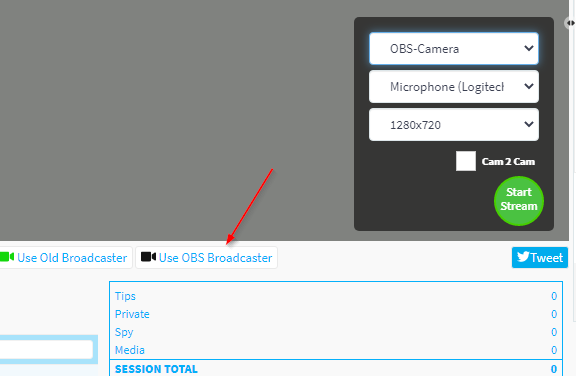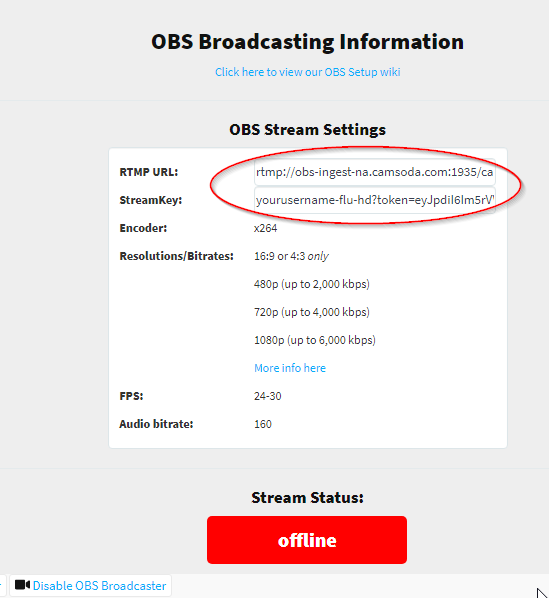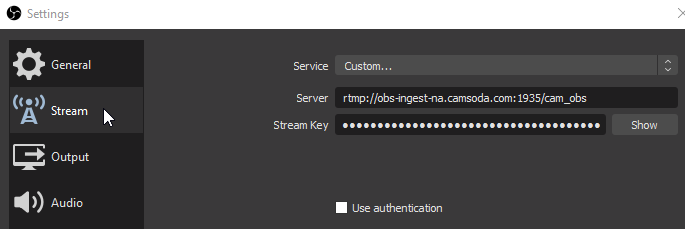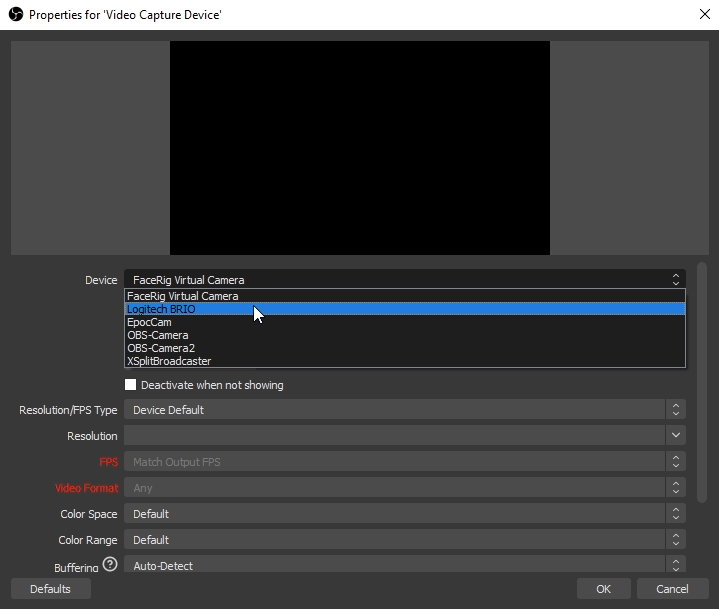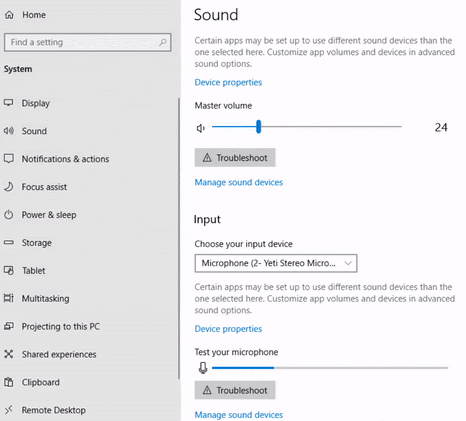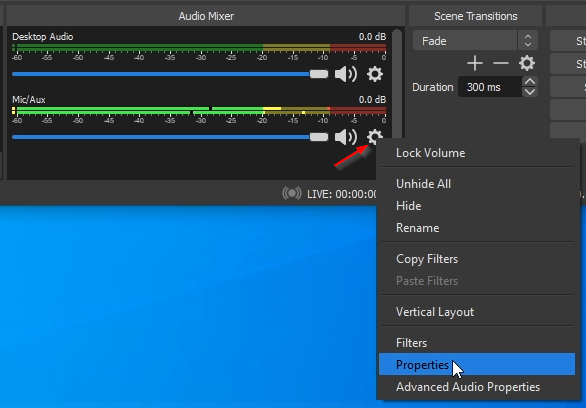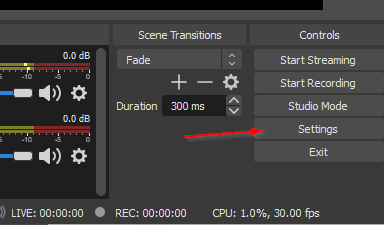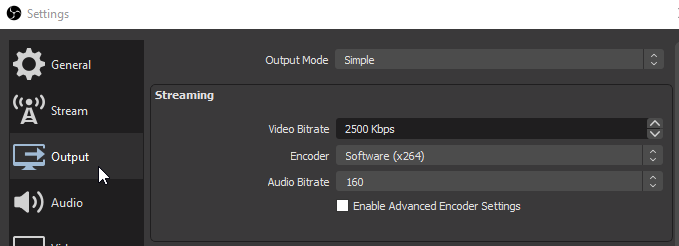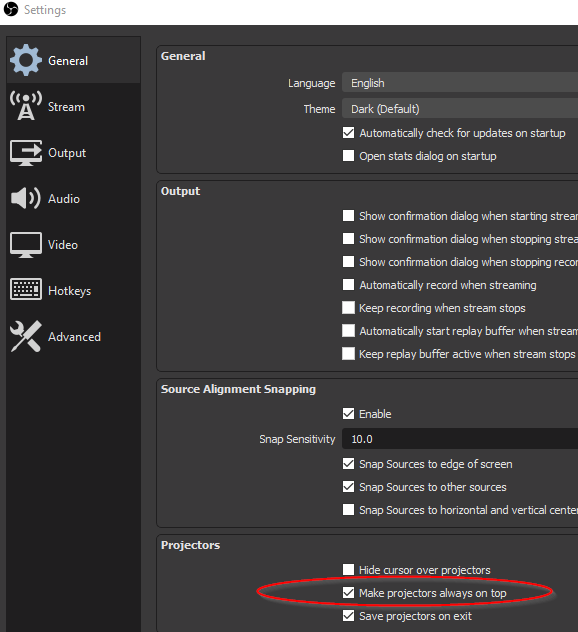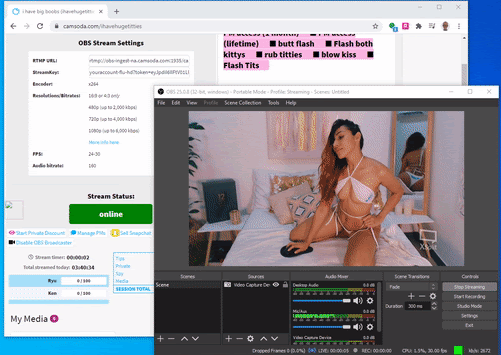OBSGuide
Contents
How to set up OBS for Camsoda
Open Broadcasting Software (OBS) is a free software for video recording and live streaming.
Download OBS Studio https://obsproject.com/
To stream on Camsoda you will need to update the Stream Settings and add a camera. Typically the other default OBS settings will work fine.
Stream Settings
You can obtain your stream server and key by logging into Camsoda and selecting Use OBS Broadcaster from your Camsoda Broadcast page.
Note* Your key is unique to your account. Do not share it with others.
In OBS, on the stream tab, switch to the “Custom” Service and enter your stream server and key.
Remember to click Apply or OK to save your selections
Add Sources
In the main OBS interface, Click the + and add a new Video Capture Device Source
Choose your camera or virtual camera application from the device list and click OK.
If the camera image does not fill the OBS Canvas, right click the image and select Transform and then Fit to screen
Broadcast with OBS
ADVANCED SETTINGS
Windows Sound Settings
Open OBS
Video Settings
First, let us open OBS Settings
On the video tab you can define your canvas size and output size. In most cases the Canvas Resolution selection should match your desktop or display resolution. The Output Size is the resolution you would like to use for broadcast. For an HD stream the minimum Output Resolution to use is 1280x720.
We recommend choosing a resolution that maintains a 16:9 Aspect Ratio and a FPS of 24 - 30.
Output Settings
Choose an appropriate bitrate for your Output Resolution. We accept a maximum video bitrate of 50,000kbps.
Recommended Bitrate Ranges
| Resolution | Dimensions | Bitrate Range |
|---|---|---|
| 1080P | 1920x1080 | 3,000-6,000 Kbps |
| 720P | 1280x720 | 1,500-4,000 Kbps |
| 480P | 854x480 | 500-2,000 Kbps |
We recommend using the x264 encoder and selecting an audio bitrate of 160
